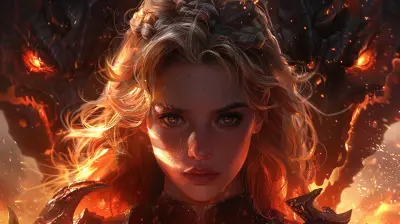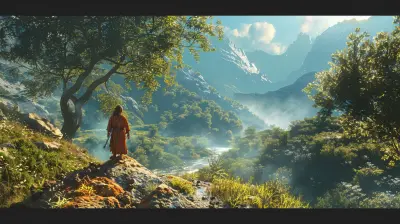When Photorealism Meets Fantasy: Blending Real and Imagined Worlds
13 July 2025
You ever look at a game and think, “Wait a second—is this a movie or real life?” Yeah, same here. Welcome to the modern age of gaming, where the lines between reality and fantasy are so blurred, it can mess with your head (in a good way, of course). Thanks to insane technological advances and off-the-charts creative design, we’ve entered a new era: one where photorealism and fantasy co-exist like peanut butter and jelly.
In this post, we’re diving deep into the magic that happens when photorealism meets fantasy in video games. We’ll explore how this fusion impacts storytelling, gameplay, graphics, immersion—and ultimately, how it’s transforming what we expect from gaming as a whole.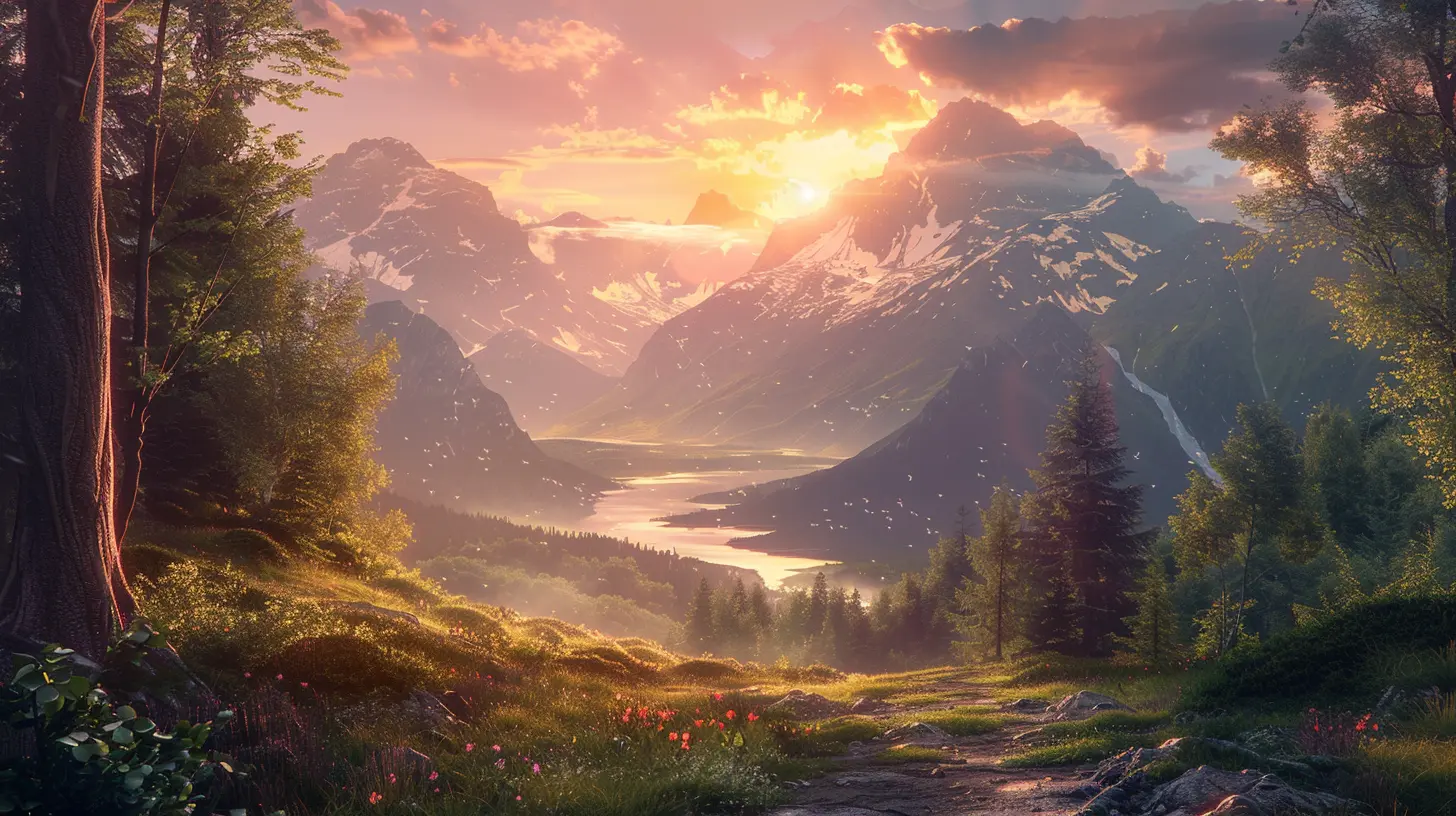
What Is Photorealism in Gaming?
Let’s break it down.Photorealism is the kind of visual fidelity where virtual objects look like you could actually reach out and touch them. Environments? Lifelike. Characters? Practically breathing. Shadows? Lighting? So real you feel like you need sunglasses.
It’s all about mimicking real-world visuals using high polygon counts, ray tracing, dynamic lighting, and textures so detailed you'd think someone just took a high-res photo and slapped it in the game.
Games like Red Dead Redemption 2 or Microsoft Flight Simulator show off just how realistic things can get when devs go full photorealistic.
But here’s the twist—when you throw fantasy into the mix, things get even more interesting.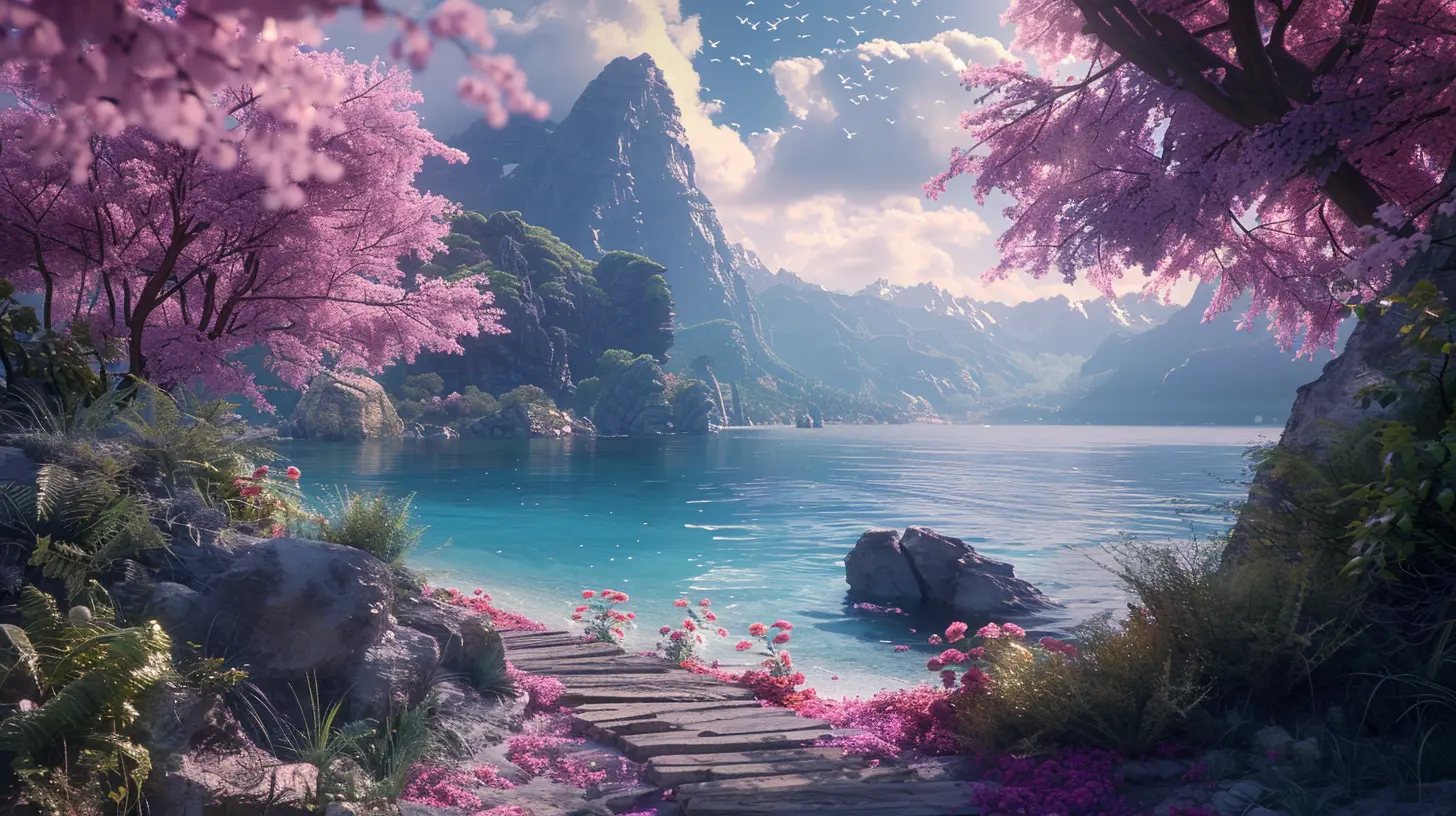
Fantasy in Games: The Ultimate Playground
Fantasy isn’t just about elves, dragons, or spell books. It’s about bending reality, letting our imaginations run wild, and building worlds with completely new rules.Whether it’s soaring cities floating in the sky, time-bending parallel dimensions, or mythical creatures that breathe starlight, fantasy gives developers a license to dream big.
But when you pair that dream with photorealistic visuals? Boom. Next-level immersion.
Why Blend Photorealism and Fantasy?
Ever heard the phrase “too real to be fake?” That’s exactly what makes a fantasy world feel more believable when it looks photorealistic. When your eyes believe it, your brain follows.1. Immersion Through Realism
Imagine walking through a haunted forest in a fantasy RPG. The trees sway with actual wind physics. Your footsteps crunch on leaves that scatter in real-time. You catch your reflection in a puddle and think, “Damn, this is spooky.”These tactile sensory details—made possible by photorealism—pull you straight into the game. It’s not just a vibe; it’s a full-on experience.
2. Emotional Investment
The more real the characters and their environments feel, the more likely we are to get emotionally invested. When a photorealistic hero stands before their crumbling kingdom, it hits different. You’re not just watching pixels. You’re joining a story that feels grounded, even when it’s set on a planet with five moons and talking trees.3. Suspension of Disbelief
Fantasy worlds often ask us to accept completely bizarre concepts: portals, magic, alien creatures, and more. But the more realistic the setting looks, the easier it is to swallow those ideas. It’s like buttering up your logic so it slides into belief territory.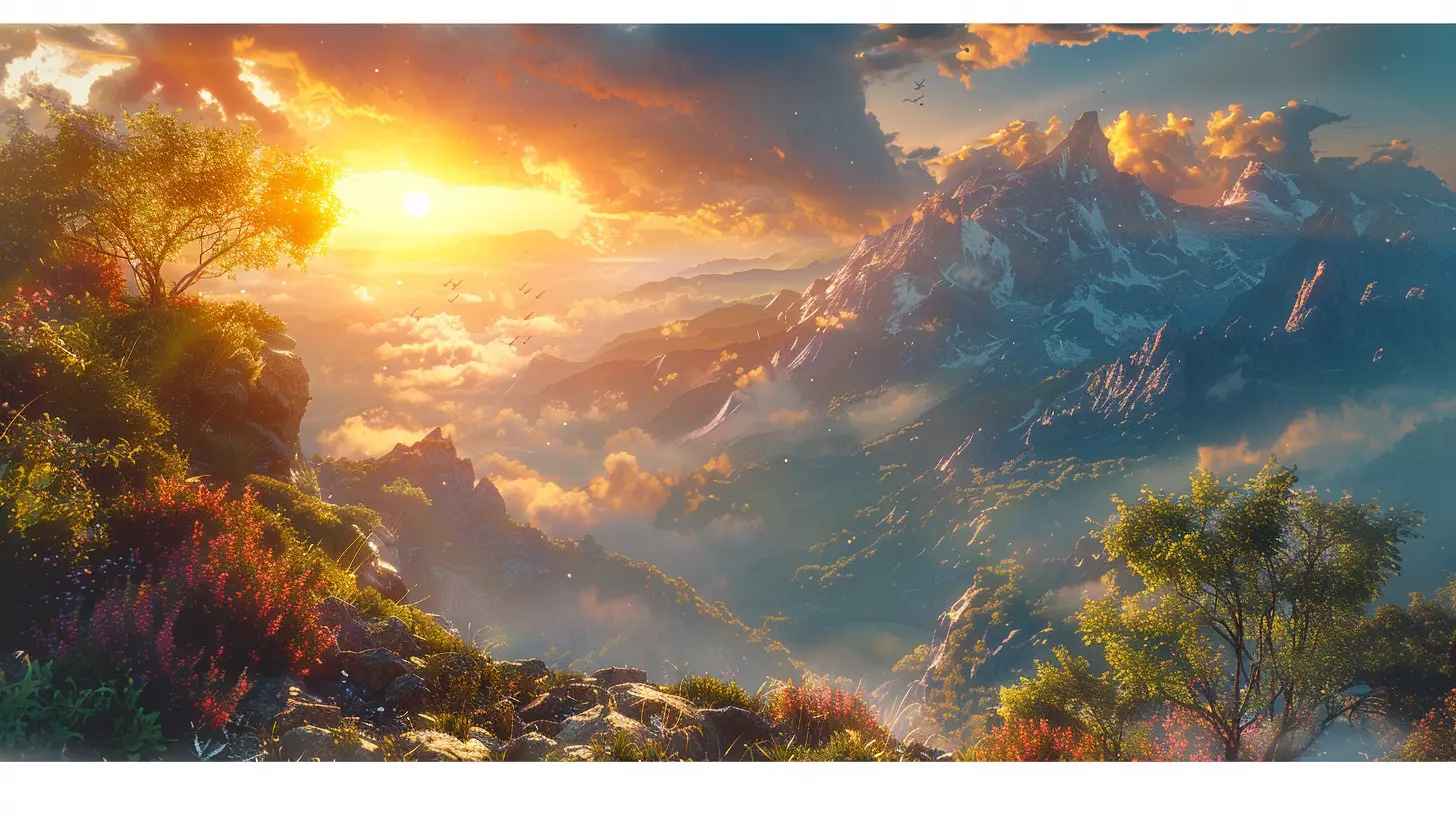
The Tech Powering This Fusion
So how do developers make fantasy look this freakin’ real?Ray Tracing
Ray tracing simulates how light interacts with objects in the real world, including reflections, shadows, and ambient lighting. When a glowing sword lights up a dungeon in Elden Ring, it doesn’t just look cool—it feels authentic.High-Resolution Textures
Textures are the skins laid over 3D models. High-res textures allow surfaces—like dragon scales, ancient runes, or crumbling castles—to look detailed even up close.Motion Capture & Facial Scanning
Performance capture brings realistic human emotions into fantasy tales. Games like Hellblade: Senua’s Sacrifice use actual actors to portray facial expressions and movements, giving life to mythological stories that hit home emotionally.AI-Assisted Design
Artificial intelligence can now generate ultra-detailed environments, making it easier for artists to create believable fantasy worlds. It speeds up development while ensuring variety and depth.Not Just Graphics: Storytelling and World-Building
When you fuse fantasy with photorealism, storylines take on an unexpected richness.Real-World Parallels
Photorealistic visuals allow fantasy games to tackle real-life themes—identity, loss, war, politics—without pulling players out of the experience. A game might be set in an alternate dimension, but with realistic environments and characters, the message hits harder.Think about it: if a fantasy game explores discrimination through a race of magical beings but they look and behave like real people, suddenly it feels a lot less like escapism and more like a mirror.
Layered Histories
Ever walk into a game environment that just feels like it has a story? Cracks in the walls, graffiti, half-burnt books—all of that visual storytelling becomes way more impactful when everything looks real.Photorealism lets devs layer world-building into the tiniest corners of a map. Fantasy becomes tangible.
Case Studies: Games That Nailed It
Let’s look at a few heavy hitters that totally get the assignment.1. Final Fantasy XV
This game nailed fantasy-world design wrapped in photorealistic environments. Realistic light flares, dynamic weather, and lifelike characters with emotional arcs made its weird, epic road trip hit all the right notes.2. Horizon Zero Dawn & Forbidden West
You’ve got robot dinosaurs, tribal societies, and futuristic tech—but it’s all grounded in an incredibly realistic post-apocalyptic Earth. From the grass beneath Aloy’s feet to the shimmer of the ocean—everything looks alive.3. Cyberpunk 2077
Okay, glitches aside at launch—Night City is a masterclass in blending sci-fi fantasy with real-world aesthetics. Neon soaked streets, gritty alleys, flying cars, and believable conversations make the surreal world feel incredibly human.4. Elden Ring
Massive, mystical, and majestic. This game walks the tightrope between dark fantasy and visually believable worlds. Sprawling castles, grotesque monsters, and shimmering spells all rendered in breathtaking detail.Challenges Developers Face
Of course, it’s not all sunshine and 4K textures. Merging photorealism and fantasy isn’t as easy as pressing the "ultra graphics" button.Artistic Consistency
If you go hyper-real with one element, everything else has to follow or it stands out. Imagine a realistic landscape with cartoonish enemies. Instant immersion breaker.Performance Constraints
Photorealism is hardware-heavy. Not everyone has a top-tier gaming rig or next-gen console. Devs have to strike a balance between fidelity and performance.Risk of Uncanny Valley
Sometimes things look too real… like creepy real. If human characters are almost real but just slightly off, it creates discomfort instead of awe.The Impact on Players
As gamers, we’re now experiencing fantasy in a whole new way. These visual advancements don’t just make things prettier—they’re changing how we feel about these worlds.Photorealistic fantasy offers a deeper connection. We’re no longer just playing a game; we’re stepping into a believable alternate universe. We care more. We stay longer. We remember these experiences like memories instead of just gameplay.
What’s Next? The Future of Fantasy and Photorealism
We’re just getting started. With Unreal Engine 5, real-time rendering, and AI-assisted design, fantasy games are about to hit a whole new level.Imagine virtual reality games that drop you into a photorealistic fantasy world where you can look around and not spot a single pixel out of place. Or AI-driven NPCs that talk and react like real people in a world filled with magic and mystery.
Games are becoming the new frontier for immersive storytelling. We're not just playing them—we’re living them.
Final Thoughts
At the end of the day, the union of photorealism and fantasy is a game-changer (pun totally intended). It’s where imagination gets dressed up in the finest digital clothes and struts across our screens, making us feel, think, and dream in new ways.So next time you boot up a game and find yourself lost in a world that looks and feels almost too real—remember, that’s the magic of this blend. It’s fantasy with a face you can believe in.
all images in this post were generated using AI tools
Category:
Realism In GamesAuthor:

Lana Johnson
Discussion
rate this article
1 comments
Orionyx McNeely
This article beautifully explores the intriguing intersection of photorealism and fantasy in gaming. The insights on how these elements enhance immersion and storytelling are particularly compelling. It's exciting to see how game developers are pushing boundaries to create visually stunning and engaging experiences. Well done!
July 24, 2025 at 2:43 AM

Lana Johnson
Thank you for your thoughtful comment! I'm glad you enjoyed the exploration of photorealism and fantasy in gaming. It's truly an exciting time for developers and players alike!
